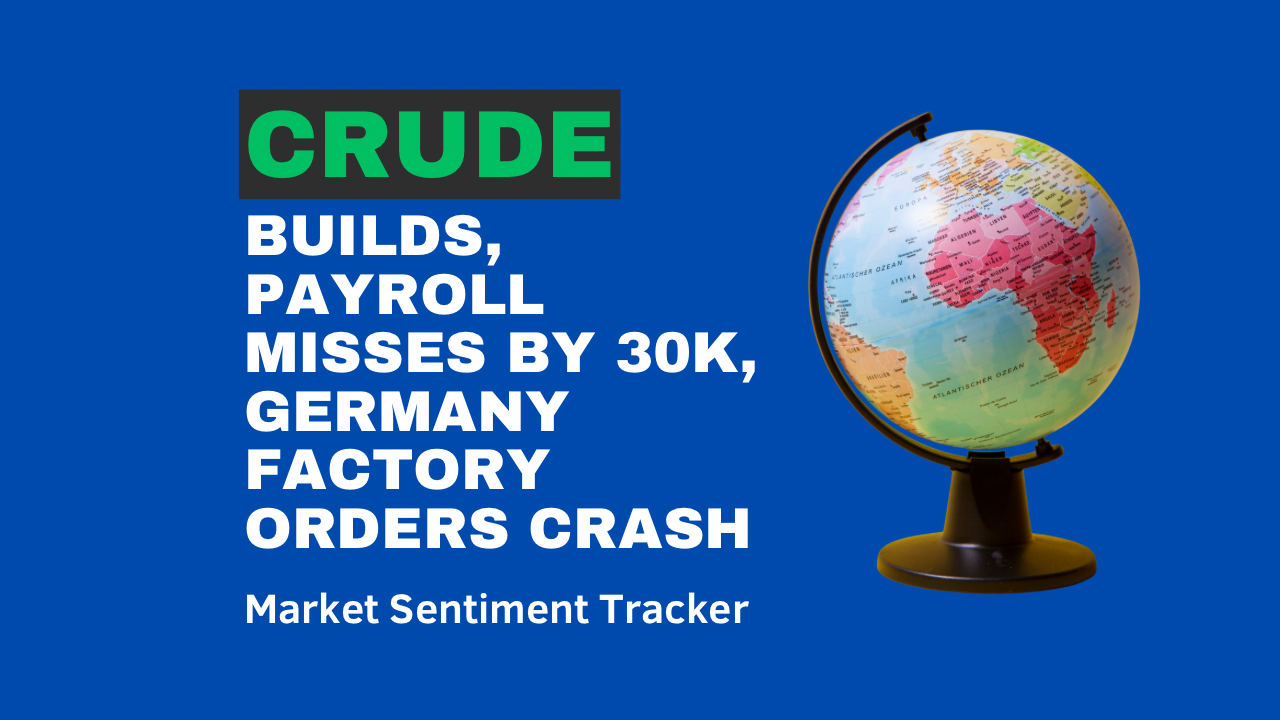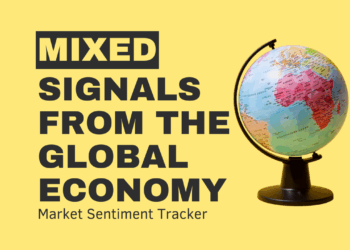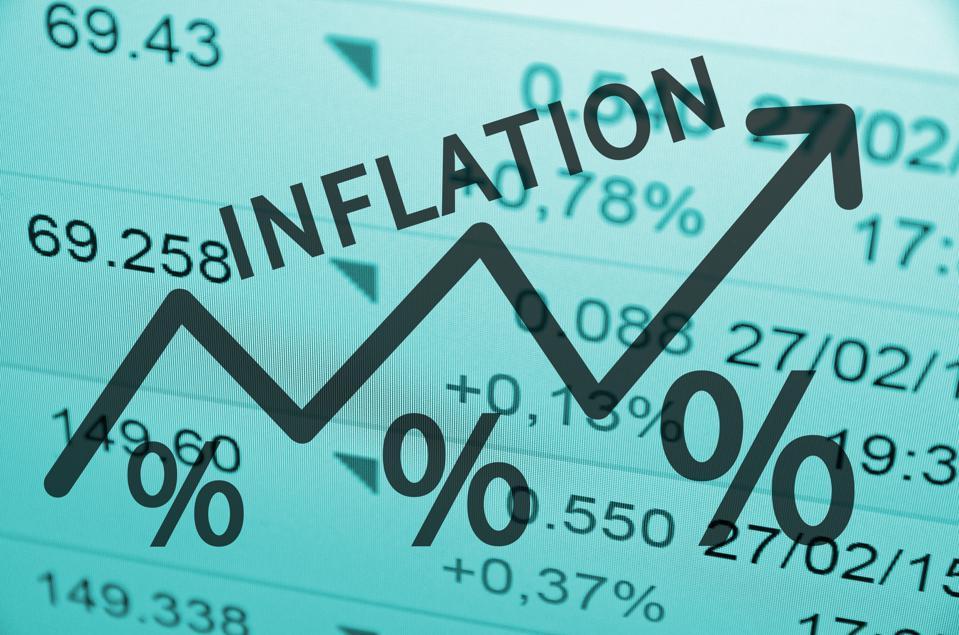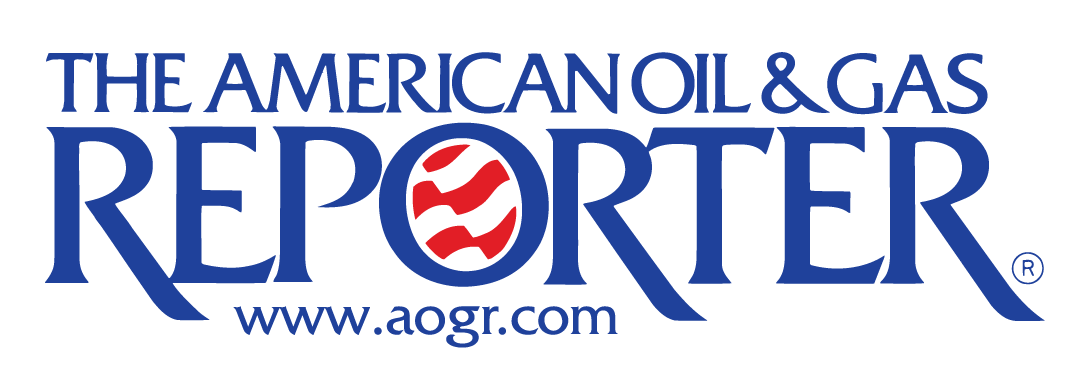Next week I will provide a deep dive on Russia/Ukraine and what I think happens in February as well as an update on food and energy price expectations.
There has been a steady move higher in the rig count with frac spreads ready for another move higher. The additions have been steady, and we will see another increase in activity with 5-7 spreads coming back again. You can see that the pace has been steady versus historic, and we are seeing a similar slope of additions to 2017. I think we see that steady move higher until we hit about 275 spreads, which will be a temporary pause before more gets added to the market. There are already ongoing discussions that are taking place to bring back activity, especially for equipment that needs to be refurbished or repaired. The winter months are a great time to make these adjustments, so as we head into March/April we can get more equipment deployed to the basins. The Permian remains the growth engine, and we see some additional activity coming into the market. But- the liquids rich areas are going to be the dark horse in this race as more activity shows up in OK, LA, and East Texas. The demand for NGLs and general liquids has remained elevated even as pricing softened, and exports slowed. The colder weather helped absorb some additional propane, and as we head into March/April some of the supply chain issues around the Panama Canal will loosen up. This will match up well with ramping petrochemical activity picking up in China.

U.S. crude exports will remain at the 2.7M-2.8M barrel a day level as the spreads have blown out again vs Dubai. We are over $4 again, which is when we saw a big drop in imports to Asia. The spread is approaching levels we saw in November, and based on the current path- it is likely we take out the widest points. This will keep pressure on exports and put more crude in PADD 3 over the near term. While exports slow, we will see a tick higher in imports given the cost benefits, but also the need to target the middle of the stack to create more distillate (diesel and heating oil). Diesel still remains a bright spot for refiners, and I expect to see this be the biggest target. This will support additional imports just as exports come under pressure, which will leave more crude in PADD 3 over the next few weeks.

We have started to see some spreads widening back out in West Africa and in Russian Urals. The speed of purchases from Angola and Congo still remains steady, but we have seen the pace of Nigeria dip a bit even with a reduced loading schedule. Due to Russian/Ukraine uncertainty, we saw a rush to purchase cargoes ahead of potential action. Iraq has seen some of their cargoes crossing anywhere from $.50-$1 better vs OSPs, which is a positive sign for Middle Eastern flows. It is also supported by the widening of spreads coming from the U.S.
This in turn is putting renewed pressure on the flexible inflation front that has seen another big spike in gasoline/diesel prices. The diesel price move is going to impact the market even more on the supply chain/ trucking front as well as push heating oil prices back to the highs. The price spikes are going to offset my views that we were going to see inflation “pause” in January and February before re-accelerating in March/April. The rapid move higher will also put more pressure on the consumer, which we discuss in more detail in the next section.


Mixed with rising gasoline/diesel prices- the consumer is seeing rents and Owner Equivalent Rents moving back to the highs. U.S. single-family rent growth increased 11.5% in November 2021, the fastest year-over-year increase in over 16 years, according to the CoreLogic Single-Family Rent Index (SFRI). On a YoY basis, US rents rose most on record in December: *Apartment List: +17.8% *Zillow: +15.7% *Yardi (“multifamily”): +13.5%. The Zillow Observed Rent Index rose a record 15.7% year-over-year in December, to $1,855/month.

Home price growth still strong but rolling over slightly: S&P CoreLogicInc Case-Shiller U.S. Home Price Index +18.8% y/y in Nov, down from +19% in Dec; 20-city index (orange) +18.3% y/y vs. +18.5% in Dec … all 20 cities had price increases over prior year.

There still remains a significant number of new homes sitting in the pipeline that have been delayed by supply chains and broad shortfalls. As some of the supply chains “catch-up”, we will see some additional capacity come online. But the rise in home prices is another key bellwether on why the Fed needs to stop buying Mortgage-Backed Securities and begin the rate rising cycle once again.


The inflationary pressures will remain across the board, and the energy space isn’t going to escape it. Wage pressure and supply chains are a problem that will persist throughout 2022 and into 2023, but the price of crude, natural gas, and liquids will still support additional expansion and activity. Demand for frac spreads will stay strong- especially as we see some of the public companies increasing activity. There is still room for public E&Ps to increase not only rig counts but bring back some completion crews. The U.S. will remain fairly strong as WTI prices sit north of $87 and Natural gas above $4. It will also increase inflation pressures, and a sneaky one to watch will be the rise of the US Dollar.

As rates move higher and the Fed begins tightening and pushing rates higher, it is important to look at the dollar strength and the potential implications. Food costs have skyrocketed again, and will remain near all time highs putting more pressure on the consumer. But, the US Dollar is the biggest pressure point for emerging markets:

The U.S. was able to put together growth in Q4 on the back of a big spike in inventories and a “surprise” spike in inflation (GDP Prices).

We have been discussing since October how the consumer was going to slow in Nov/Dec, which would be at a similar time when some of the worst of the supply chain stresses would easy. They would BY NO MEANS go away, but we would see some delivery times shorten. This resulted in an increase in inventories, which would be a positive contributor to underlying GDP. But, it would be lumpy, and the benefit would wane in the first part of 2022. The below chart helps to depict where the growth came from and break out how lumpy those builds can change. We still have inventories at or near record lows, so there will be more bullish catalysts but other sides of GDP will slow offsetting some of these gains. Global prices are still rising, and even as things “cool off” they will be doing so at very elevated levels.

Inventories, which added 4.9 percentage points to GDP growth last quarter, are expected to remain a tailwind for economic growth this year. Faced with persistent supply shortages, businesses had been relying on inventories to keep up with the robust merchandise demand seen throughout 2021. Companies are now beginning to restock, which will help bolster production. This was slow to come about in January based on some of the leading indicators we will discuss, but it should pick back up in February/March.

Powell spoke yesterday about the shift from quantitative easing into the tightening strategy. The bond buying program is set to fully conclude by March, and we expect to see a .25% hike at that point in time. Since Feb ’21, we have expected to see 4 rate hikes in ’22- with three happening in rapid succession followed by a pause and one last raise to close out the year. I think it is unlikely we get a “surprise” .50% increase even as the market is expecting some broader action. The market has fully accepted the 25bps, which will be the path of least resistance. The only caveat to that is the shift in commentary by removing the term “gradual” rate hikes. Instead, they just speak to rate hikes and take away that key word. I know it is INSANE that we pick apart every little word, but it is important when viewing intentions going forward. Here is a great breakdown from one of my favorite Bloomberg analysts: Cameron Crise
• State of the economy: the statement duly acknowledged the impact of Covid, but didn’t sound too alarmed. Interestingly, the statement noted that financial conditions remain accommodative
• QE/QT: QE will end on schedule in March. The portfolio will be composed primarily of Treasuries, suggesting that MBS will bear the initial brunt of QT
• Forward-looking language: It will soon be appropriate to change the stance of policy — that’s a hint at a March hike (which is of course fully priced.) No mention of gradualism or rates staying below the long run level. There is the expected language on reacting to risks, but overall not as dovish as if we had seen the “gradual” language that many were expecting.

The Fed has two mandates: full employment and inflation. We have reached or are approaching full employment while we have inflation hitting about 7% with more pressure coming in January. I was expecting to see inflation slow a bit in January and February, but with crude remaining above $86 and gasoline/diesel prices rising significantly in January- we won’t be getting the slow down. The pace of inflation will remain slower vs the recent spikes, but it will still be positive and moving in the wrong direction. It is also going to be leveraged towards “sticky” inflation as rent/home prices maintain their rapid ascent, as well as the flexible side given the spike in diesel/gasoline prices. We are already hearing more concerns from large entities, such as Unilever and Kimberly-Clark. “Consumer products giant Kimberly-Clark sees a tough year, with higher key input costs, continuing disruptions and uncertainty around the pandemic. And it’s going to hike prices for its customers, too, as it tries to protect already-crimped margins. Consumer staples stocks are underperforming, led by a slump of more than 4% for Clorox, with Kimberly-Clark shedding more than 3%.” The companies were able to pass through a decent amount of pricing last year, but I think those abilities are going to diminish- which company guidance is acknowledging.

The below chart gives some color on the pressure points we are seeing and how they will last.

So far- U.S. household spending on essential items rose to a record in the NY Fed recent December survey. It is highlighting how inflation is hitting households’ spending power and increase the likelihood of 4 rate hikes. Consumers also signaled a slow down in big purchases over the next 4 months.

The pressure is also growing as we have wages failing to keep pace, which exacerbates the problem- especially for the poor and lower middle class. We have already seen a big reversal in credit utilization, which is reversing the progress made regarding credit and cash on hand. The below chart helps to highlight the amount of consumer credit vs cash balances, but as we have shown in other charts- there has been a big bounce in credit as excess savings dwindles and wages fail to keep pace with rising prices.

Many of the leading indicators in the U.S. show signs of pressure across the complex with slow downs in some key areas. It is important to appreciate that the pressure is also coming from abroad, and not just a local issue. The general OECD leading indicators are showing a broader slowdown, which will appear over the next several months. We have had a sideways move on the PMI front- especially on the manufacturing front. It will likely continue for another month before we see a bigger drop, but the leading indicators are already showing some weakness. While it will fall, I don’t expect something below 50 (contraction) yet as things slow/ weaken but are able to not go negative yet. We will get some additional strength from a bounce on the employment front because the manufacturing sectors saw a slowdown in work weeks and employment. The supply chain caught up a bit, and we had the normal January lull that will bring in some bounce across the local readings.

Here are some of the key charts:


The bigger piece is what makes up the internals of the number: Employment went into contraction for manufacturing, but I expect to see a bounce in those figures next month. The bounce will help offset some of that drop and move it back into expansion mode. Now- it won’t be blistering expansion, but rather a steady state for another month or so keeping the broader number positive.

Prices remain sticky at the highs with prices charged/ prices received staying at the elevated levels.

General input/output prices have seen some normalization, but I expect it to bounce around at these levels with some recovery this month and next.


The regional data has thrown up some caution as well- especially on the broader indexes. It will just keep things fairly measured as we are still expanding but at a decelerating rate. The Richmond Fed showed a big slow down in new orders, workweek, and backlogs, with 2/3 of those being a negative for future expectations. Another pressure point is all of these components are happening as prices paid/received are staying at massively elevated levels.



Philly data held in for the most part as prices paid staid elevated even as prices received ticked down a bit. New orders and shipments came in a bit stronger while inventories, workweek, and employment dipped. This is a perfect example of some of the mixed data sets that will keep us expanding but at a slowing rate. The broader data sets are also showing the story we have been predicting and continues to play out in the economic backdrop.



Chicago activity was the only one to actually post a negative number out of all the leading regional data sets: 38/85 individual indicators made positive contributions helping to highlight some of the pressure points we are seeing in the market. The problem is- even as the data sets showed a slowdown- we didn’t get it in pricing keeping the overhang on the inflation front.

Expectations for price increases across all the data sets remain well over normal and will keep inflation fears well in place and a rate hiking cycle in the U.S.
The below chart is just one example of pressure that is coming as we project out across the next several months. When mixed with the decline in real wages and increase in inflation, we see more headwinds developing on the consumer front.

We can also see that in the new orders vs inventory component, which is extremely important given where inventories are right now. There has been a broad increase in inventories, but when we consider that against new orders it tells an interesting story. It helps to put into perspective what that roll over will look like over the next few quarters.

Real personal spending came down again as personal income missed estimates. The PCE Deflator and GDP price index are also pressing higher and shifting further into the 6%-7% category. All of this is just showing more pressure on the consumer and what demand will look like across the market. The trend remains in the wrong direction, and as we are getting another increase in pricing in January- it will send “real” spending lower again.

This also results in a slowing business cycle with pressure on stocks in the medium-term horizon. We are also trying to look forward and evaluate what is to come and the pressure that could arise.

Personal expenditures (or 70%+ of spending) will come under more pressure and really start to pull things lower- especially on the activity front.



While we have highlighted some of the underlying pressure points, we are still in a position to manage the coming slowdown. As we pointed out earlier, debt levels on a personal level are still below historical averages (while rising) and net interest payments remain historically low. But, we still have a huge amount of richness priced into equity valuations and minimum (if any) real fear. This also helps support a bit more aggressive action from the Fed to try to get in front of inflation as job availability blunting some of the big risk factors.

We are seeing some of the pressure on real personal incomes, and we expect this to decline further over the next few months. Inflation and sluggish wage growth will be big contributors over the coming few quarters sending this lower and pushing retail sales lower.

The confidence on the future remains a bit bleak for future business and income, which is showing up across the Consumer Confidence and Univ of Michigan data sets.

The slowdowns indicate a bigger slowdown in the activity front, which will get a bit worse due to weather in the very near term. As companies struggle to pass on prices, it will curve spending a bit further over the next several quarter. It will also keep a lid on some of the expansion.

The economic pressure is real, but the volatility in the market is a fun one with inflows and “buy the dip” mentalities fully instilled. Individual traders in 2021 purchased a net $292 billion of U.S. stocks and exchange-traded funds, according to Vanda Research’s VandaTrack platform, which tracks and sells data on the purchases of U.S. equities by individual investors. That is more than seven times the amount in 2019. Individual investors so far appear poised to continue similar levels of buying activity in 2022.

We did see a lot of panic on Jan 24th, but it was quickly replaced with buying pressure. This has created a significant amount of volatility in bonds and equities. Investors are still programed (and have been rewarded) for buying the dip which remains the broad case. We are still well off of the March 2020 highs, so even though we have had a pull back- many people are still deep in the money.

If we approach some of these levels, there could be a panic event where investors attempt to lock in gains that were achieved in 2020-2021 and creating some big “air-pockets” and broad gaps in indexes as well as single stocks. The below just gives one example of the stock turnover that is possible now against historical normal given the new players in the market- especially in the options market.

The volatility going up is also helping drive Fed action to help offset some of the bigger moves- especially in the fixed income world. This is going to keep Fed fund rates shifting higher of the next few meetings.

On a global level, we have rates continuing to shift higher and more pressure around the Chinese property sector. The LGFVs have shown their hand, and are now increasing their off balance sheet risk again. In nine of 21 large Chinese cities that packed in land sales over the last two months of 2021, at least half of the plots were bought by these so-called LGFVs, according to consulting firm China Index Holdings. Some of these purchases were worth billions of dollars. While the moves may help arrest a land sale slump and provide much-needed revenue for local governments, the purchases threaten to exacerbate risks for LGFVs — the second-biggest non-financial borrowers in the offshore market and the biggest onshore. “Purchasing land will usually lead LGFVs to pile up borrowings and increase leverage,” said Yuqing Fu, a portfolio manager of the HSBC Jintrust Stable Income Bond Fund. “It’s not easy for them to pare them down afterwards.” On the surface, the recent land auction by the Chinese city of Rizhao appeared routine. There were four bids, pushing the price up 11% to $170 million. A closer look reveals something curious: The offers were reportedly made by a finance entity owned by the Rizhao government, meaning the city effectively sold land to itself. Across China, local government financing vehicles have replaced cash-strapped property developers as the biggest buyers of land for real estate development, stoking fresh concerns over the ability of these off-balance sheet borrowers to repay a debt pile that tops $8.4 trillion by some estimates.

This all comes as the country attempts to open up advance payments for construction again and enable some construction to restart, but we have already had more cracks with renewed repayment fears and defaults. The fact that LGFVs have gotten involved again is another warning signal because offbalance sheet exposure is growing again. I don’t see this being long lived and more window dressing into year end, and to show a nice pop to start the year because a lot of debt had to be rolled in Jan/Feb. It could provide some near-term room, but the broader noose continues to tighten.


We did get some rate cuts, but they are coming from an already “eased” position and is more to provide liquidity into the Lunar New Year holiday as well as helping bank balance sheets.


It also helps to pause the down move in credit impulses and allow some stabilizing factors on the loan front.


But the chart that sums up my views almost perfectly is the below one- it shows the pause but not a big shift higher in capacity. It is allowing for some adjustments but isn’t resulting in a big shift in new loans as we have seen so far. It also indicates more slowdowns on the manufacturing and global growth front.


It also all points for renewed slowdowns in stock prices and more pressure on valuations.

As developer finances remain in a distressed state.

The broader issues remain in the emerging markets as inflation runs well ahead of expectations and we have rates shifting up to offset some of these key rises.


The elevated forecasts are accelerating Central Bank actions and causing more fiscal and monetary drag. We have already seen GDP estimates get reduced, but if China has a broader slowdown- it will pull down estimates even further. Global rebound in growth has been revised lower by the IMF expectation for 2022 has been cut to 4.4% from 4.9% in Oct, with U.S. & China driving weakness…annual inflation rate projected at 3.9% within advanced economies (supply-chain disruptions as key issue).

But if China gets worse… it reverberates through the system!















